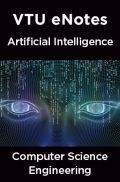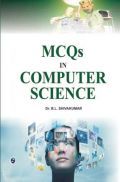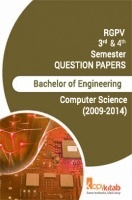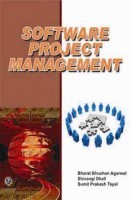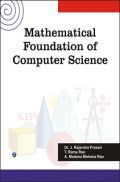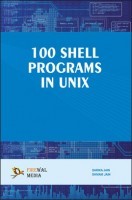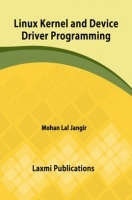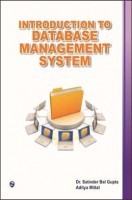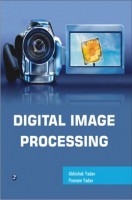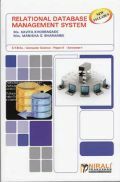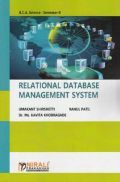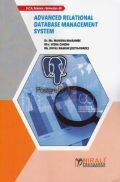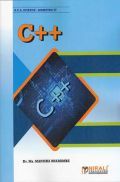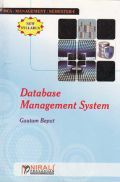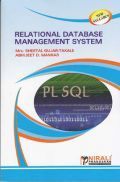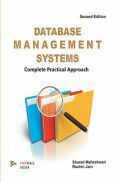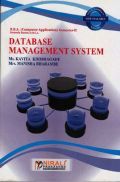Database Management System by Rajesh Narang
Book Summary:
The contents of this second edition have been appropriately enhanced to serve the growing needs of the students pursuing undergraduate engineering courses in Computer Science, Information Technology, as well as postgraduate programmes in Computer Applications (MCA), MSc (IT) and MSc (Computer Science). The book covers the fundamental and theoretical concepts in an elaborate manner using SQL of leading RDBMS—Oracle, MS SQL Server and Sybase.
Realizing the importance of RDBMS in all types of architectures and applications, both traditional and modern topics are included for the benefit of IT-savvy readers. A strong understanding of the relational database design is provided in chapters on Entity-Relationship, Relational, Hierarchical and Network Data Models, Normalization, Relational Algebra and Relational Calculus. The architecture of the legacy relational database R system, the hierarchical database IMS of IBM and the network data model DBTG are also given due importance to bring completeness and to show thematic interrelationships among them.
Several chapters have been devoted to the latest database features and technologies such as Data Partitioning, Data Mirroring, Replication, High Availability, Security and Auditing. The architecture of Oracle, SQL of Oracle known as PL/SQL, SQL of both Sybase and MS SQL Server known as T-SQL have been covered.
Audience of the Book :
This book is recommended in Guwahati University, Assam.
Key Features:
The main features of the book are as follows:
1. Gives wide coverage to topics of network, hierarchical and relational data models of both traditional and generic modern databases.
2. Discusses the concepts and methods of Data Partitioning, Data Mirroring and Replication required to build the centralized architecture of very large databases.
3. Provides several examples, listings, exercises and solutions to selected exercises to stimulate and accelerate the learning process of the readers.
4. Covers the concept of database mirroring and log shipping to demonstrate how to build disaster recovery solution through the use of database technology.
Table of Contents:
1. Introduction
2. The Entity-relationship Model
3. Data Models
4. Storage Structure
5. Relational Data Structure
6. Architecture Of System R And Oracle
7. Normalization
8. Structured Query Language
9. T-sql-triggers And Dynamic Execution
10. Procedure Language—sql
11. Cursor Management And Advanced Pl/sql
12. Relational Algebra And Relational Calculus
13. Concurrency Control And Automatic Recovery
14. Distributed Database And Replication
15. High Availability And Raid Technology
16. Security Features Built In Rdbms
17. Queries Optimization
18. Architecture Of A Hierarchical Dbms
19. The Architecture Of Network Based Dbtg System
20. Comparison Between Different Data Models
21. Performance Improvement And Partitioning
22. Database Mirroring And Log Shipping For Disaster Recovery







